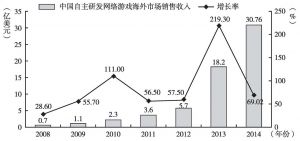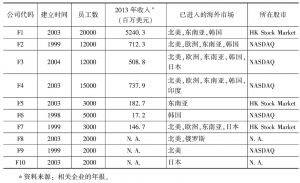报告
中国网络游戏产业的国际化战略研究
摘要
2008年以来,中国网络游戏企业掀起了进军海外市场的热潮,且采取了丰富多样的进入模式:代理、合资、全资子公司等。本文尝试研究这些企业的海外战略动机和进入模式之间的关系。本文将延伸此类研究至创意文化产业中的网络游戏领域。本文总结出了相应的“海外战略选择矩阵”,包括目标能力(游戏开发能力或游戏运营能力)及战略目的(能力利用或能力探索),为了检测这些目标能力和战略目的的匹配度,本文深入访谈了十家在全球范围内有游戏开发或者运营业务的中国企业,分析它们在国际化进程中对某一市场进入动机和进入模式的匹配策略。研究结果表明,中国网络游戏企业的海外战略选择受到了对象市场条件、进入动机和进入模式三方面的影响。本文试图通过上述分析与结论提供一个创意产业国际化的基本理论框架,并为企业实践活动提供借鉴参考。
关键词
检索正文关键字
报告目录
- 一 引言:中国网络游戏产业的国际化现状
-
二 文献回顾及理论的开发
- (一)网络游戏产业概述
- (二)海外市场进入动机
- (三)海外市场进入模式
-
三 研究设计与方法
- (一)案例的选取
- (二)实地调研及访谈步骤
-
四 案例分析及研究命题的提出
- (一)开发能力的利用与探索
- (二)运营服务能力的利用与探索
- 五 结论
相关文献
查看更多>>>




